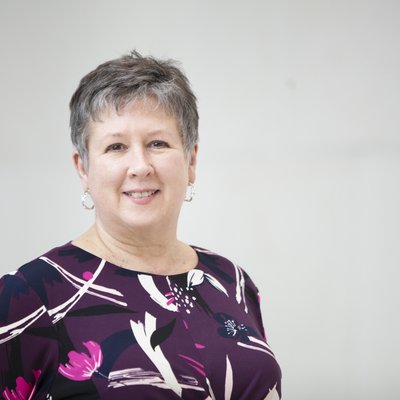It can be unsettling to feel as if you’re under a microscope. That’s what it’s like when your community is the focus of research but it has no voice in how information is gathered about its people, neighborhoods, and businesses. It’s not an unfamiliar feeling in lower-income and marginalized communities, where social scientists have often focused to learn about issues related to economic inequality. For people in these communities, it can seem as if research is being done to them.
Community development practitioners and policymakers are recognizing the importance of participatory research, conducted with communities as partners. That partnership can include enabling community members to inform the content of the questions to ask. It can also extend to shaping methodology, such as how surveys are fielded, the interpretation of results, and where those results are published. It often includes training and paying community members to conduct the research.
Participatory research has been called “a collaborative process that equitably involves all partners in the research process and recognizes the unique strengths that each brings.”
-Kellogg Community Health Scholars | 2001
Three elements distinguish participatory research.
- It is community-based, grounded in the concerns and strategies of communities.
- It is participatory, directly engaging communities and community knowledge in the research process and its outcomes.
- It is action-oriented, supporting action that leads to community improvement and social change.
Participatory research exists on a continuum ranging from some community involvement to extensive community involvement. It can be structured in many ways.
At the Fed, we are known for our rigorous quantitative research, which helps shape economic policy. Increasingly, we use qualitative research such as focus groups and interviews to add texture to those findings. Participatory methods can be used with either quantitative or qualitative research to connect us more deeply with communities we serve.
Here are five ways communities benefit from participatory research.
1. Participatory research was designed specifically to reduce harm and increase benefits of research to the communities being studied.

Academic and other researchers listened to community members who said it felt as if researchers parachuted in, extracted information, and left the community no better off than before. In response, they created a research model that shares power with communities and engages them as equal partners.
2. Participatory research recognizes that communities value information, too.

Participatory research looks for alignment in value for all partners, including the researchers and their organizations and the community at the heart of the research. That means that community partners and researchers decide on research questions and strategies together.
3. Community partners often are trained and paid for their work.

Participatory research demands time and effort from community partners, and whenever possible that is reflected in the budget. Nonprofits and individuals often are paid for contributing time on planning committees, community advisory boards, and for being interviewed or participating in focus groups or research events. In addition, researchers seek to increase community capacity by training people to facilitate focus groups or design and deploy surveys.
4. Communities help draw conclusions.

With more typical research methods, researchers analyze and draw conclusions. With participatory research, community partners also offer their ideas about what the findings mean and what they’ve learned through the process.
5. Communities are left with a pathway to action.

Because they have been involved in shaping the research, communities have had the chance to decide what they want to learn and to wrestle with the findings. The process of engagement brings people together in conversation to shape a vision for impact together.
At the Fed, we believe that participatory research can be a powerful tool for gaining insights and putting our mission—to make the economy work for everyone—into action in the community.
We’ve just scratched the surface here of course. If you want to learn more about participatory research, here are two of our favorite guidebooks.

Community-Engaged Methods Guidebook
The Urban Institute created this guidebook that covers different topics in community-engaged work to aid those who are just beginning these efforts or looking to expand or deepen the work they are already doing.

Why Am I Always Being Researched?
Chicago Beyond created this guidebook to help shift the power dynamic and the way community organizations, researchers, and funders uncover knowledge together.
Jon Ford, Julie Siwicki, and Jennifer Wilding coordinate a Federal Reserve System effort to build the capacity of community development and other researchers to use participatory methods in their work. The team received an innovation grant from the Federal Reserve System Board of Governors, engaged outside experts in informational webinars, and is working with Reserve Banks on pilot projects using participatory methods.









